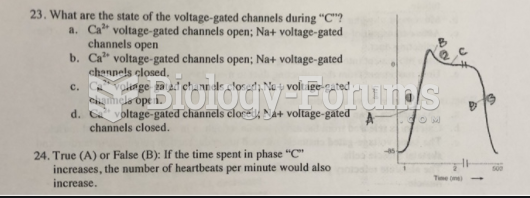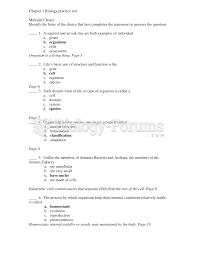What is Homework Clinic?
HomeworkClinic.com is a study resource for math, physics, engineering, humanities, and science students. Homework Clinic is an educational tool that can be used in many different ways.
How do I know if the solutions are correct?
Though we can not guarantee the validity of our information, we can tell you that professors and teaching assistants throughout the world posted the information. There will be occasional cases of mistakes, but these are rare. We recommend that when using our solutions page, you compare it with the actual questions from the book. If you feel that the answer is not correct, then skip it and let us know.
How do I customize my avatar?
For this, you’ll need to register. Once you have, navigate to the main menu and click “My Account”. Once you’re in your profile, click the “Profile” link located below your default avatar to access your avatar options.
What do the different question statuses mean?
Open: All questions start off “open”; this status means members are allowed to answer the question or comment on answers already given.
Closed: Questions that are marked “closed” are closed off from further answering. Use this status if you feel no one’s contribution helped.
Resolved: Questions marked as “resolved” may or may not contain a single best answer. Use this status whenever your question has received multiple answers that have equally contributed to your understanding of the question. If you happen to choose a “best answer”, the status automatically changes to “resolved”.
Resolved and Closed: Questions marked as “resolved and closed” indicates that your question is fully resolved and your question doesn’t need any further feedback. Members seeking to contribute are not allowed to add answers or comments once this status is selected.
Note: Once you’ve submitted your question, it will instantly be available to the public and accessible site-wide. You may change the status of your posted questions at any time.
How do I upload content into my questions / answers?
If you need to upload a diagram into your question or answer, Attachments and other options. You may need to toggle the “Visual” tab if the text editor isn’t enabled.
Who works for Homework Clinic?
Our service is run by volunteers from around the globe. We also have dedicated administrators who manage the site, and editors who moderate the content.
How much does it cost to participate?
It’s totally free! You may ask as many questions as you like, just as long as the question hasn’t been asked before. However, questions that contain verified answers may require you to pay for upgraded memberships.
[Last Edited: 7/7/2018]







